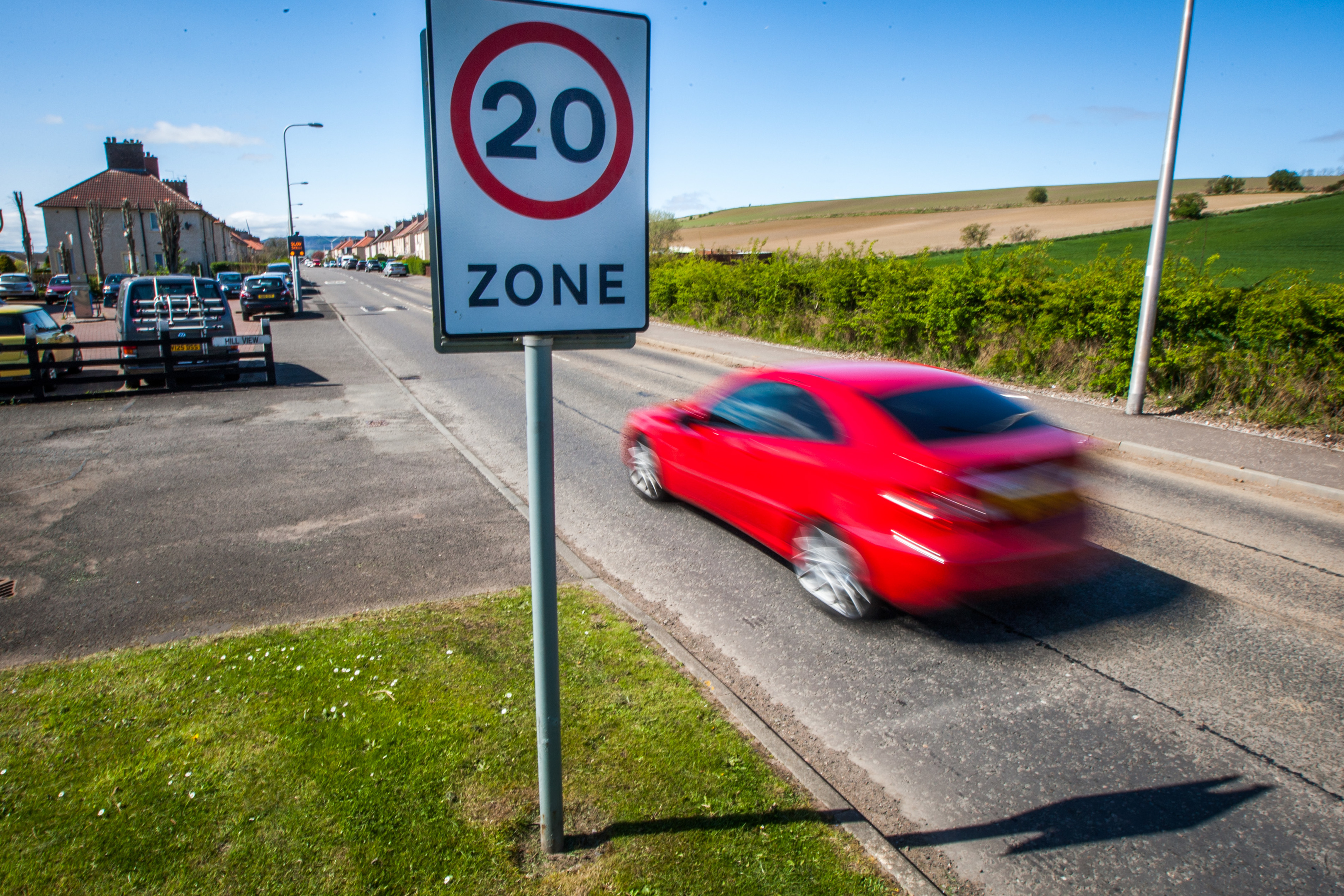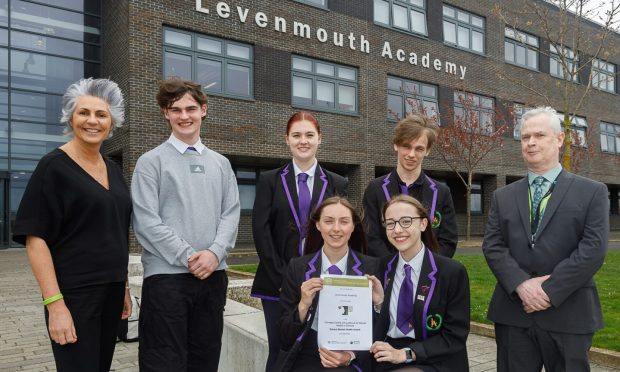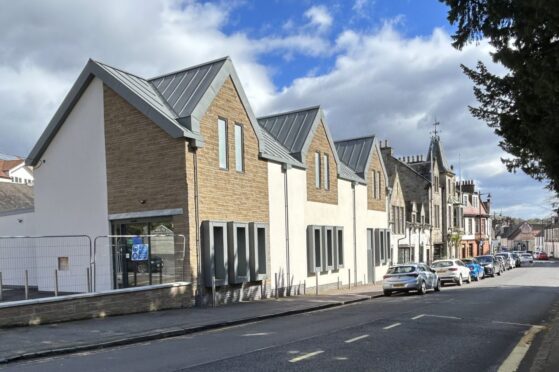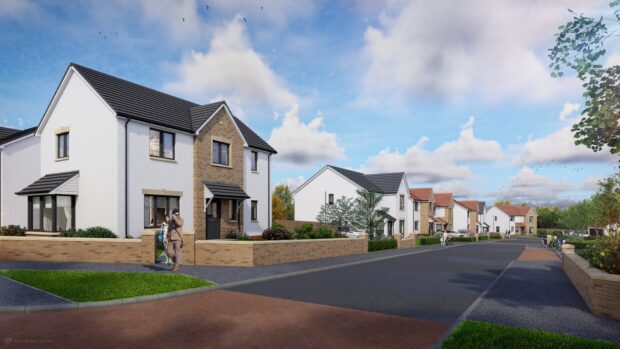Plans to install fixed speed cameras in several Fife villages appear to have reached a dead end.
An evaluation of an English pilot scheme has found proposals to install state-of-the-art automatic number plate recognition (ANPR) cameras would not improve road safety in Coaltown of Balgonie, Kinglassie and Leslie.
Funding for the initiative could have come from local council funds, with the community monitoring the system, backed by police enforcement.
However, following a study by the Fife Road Casualty Reduction Group, chaired by Police Scotland, local inspector Joanne McEwan said the findings did not add up.
She said: “Road safety remains a key priority in the Glenrothes area and we are committed to working with our partners and local communities to address any concerns.
“When considering new initiatives, it’s important that we use intelligence and evidence so that our resources can be focused on areas which will achieve the maximum benefit for the public.
“Local officers continue to carry out regular speed checks throughout the town and surrounding villages with a focus on areas where concerns have been raised to us, such as in 20mph zones and around primary schools.
“In addition, our Community Speedwatch volunteers continue to support road safety in their communities and are an excellent example of local people getting involved in addressing concerns.”
An ANPR camera installed by members of the community in Rodborough, Gloucestershire, last year detected more than 28,000 speeding motorists in fewer than four weeks.
While the cameras and software cost around £5,000 per unit, it was hoped council funding could have been used to install systems in Fife villages.
Operated by members of the community, it was hoped that repeat offenders may have been deterred by police support for the scheme, either by sending letters or visiting their homes.
The systems would also operate 24 hours a day, unlike the Community Speedwatch scheme, which requires a physical presence from volunteers.
Local councillor Bill Brown, who championed the initiative, said: “I don’t understand the reason for this.
“To me it is definitely a step up from the Speedwatch scheme.
“It’s one thing having people in yellow jackets holding cameras, but these cameras would work 24/7.
“It is already up and running in parts of England and it has already made a huge difference.”










